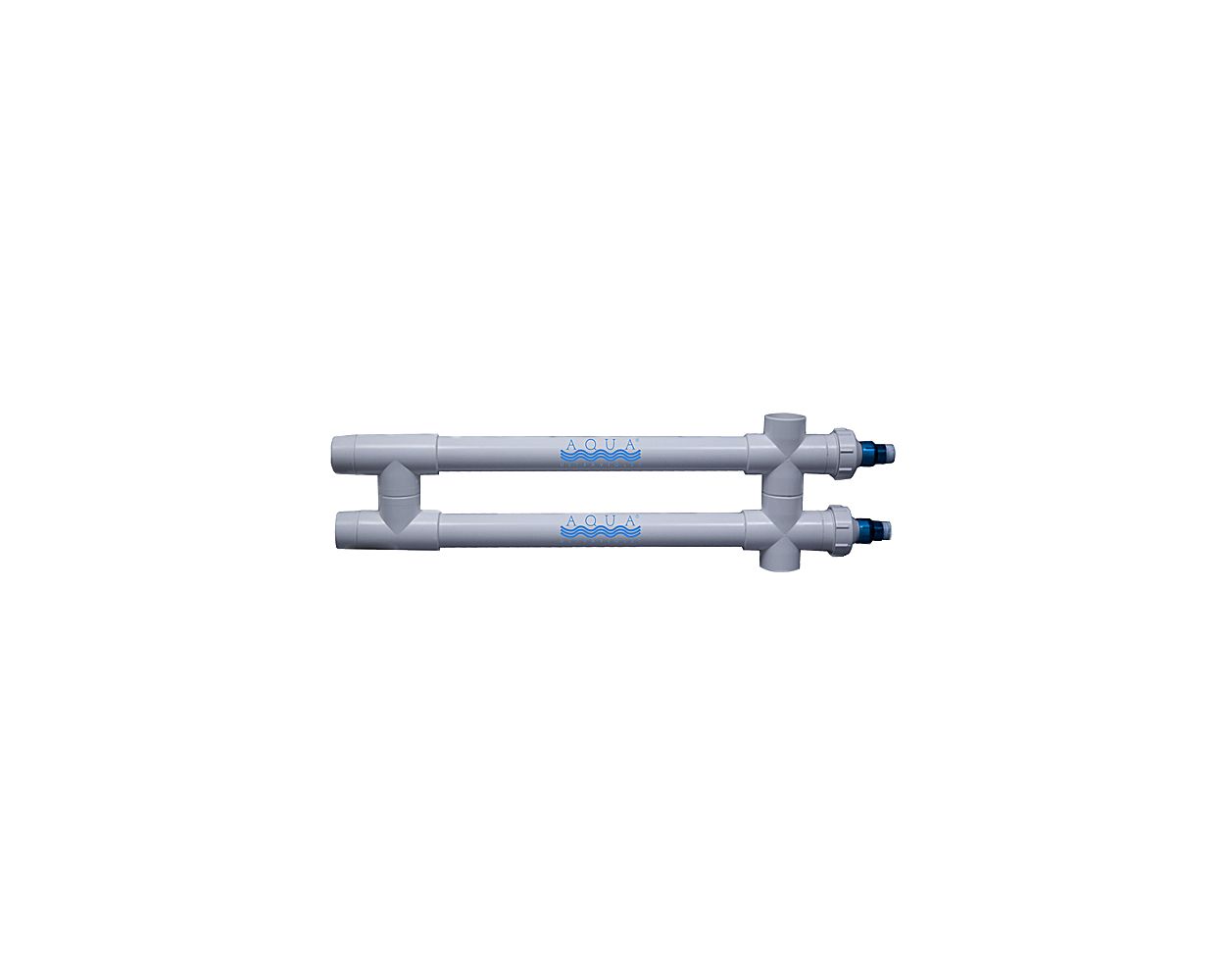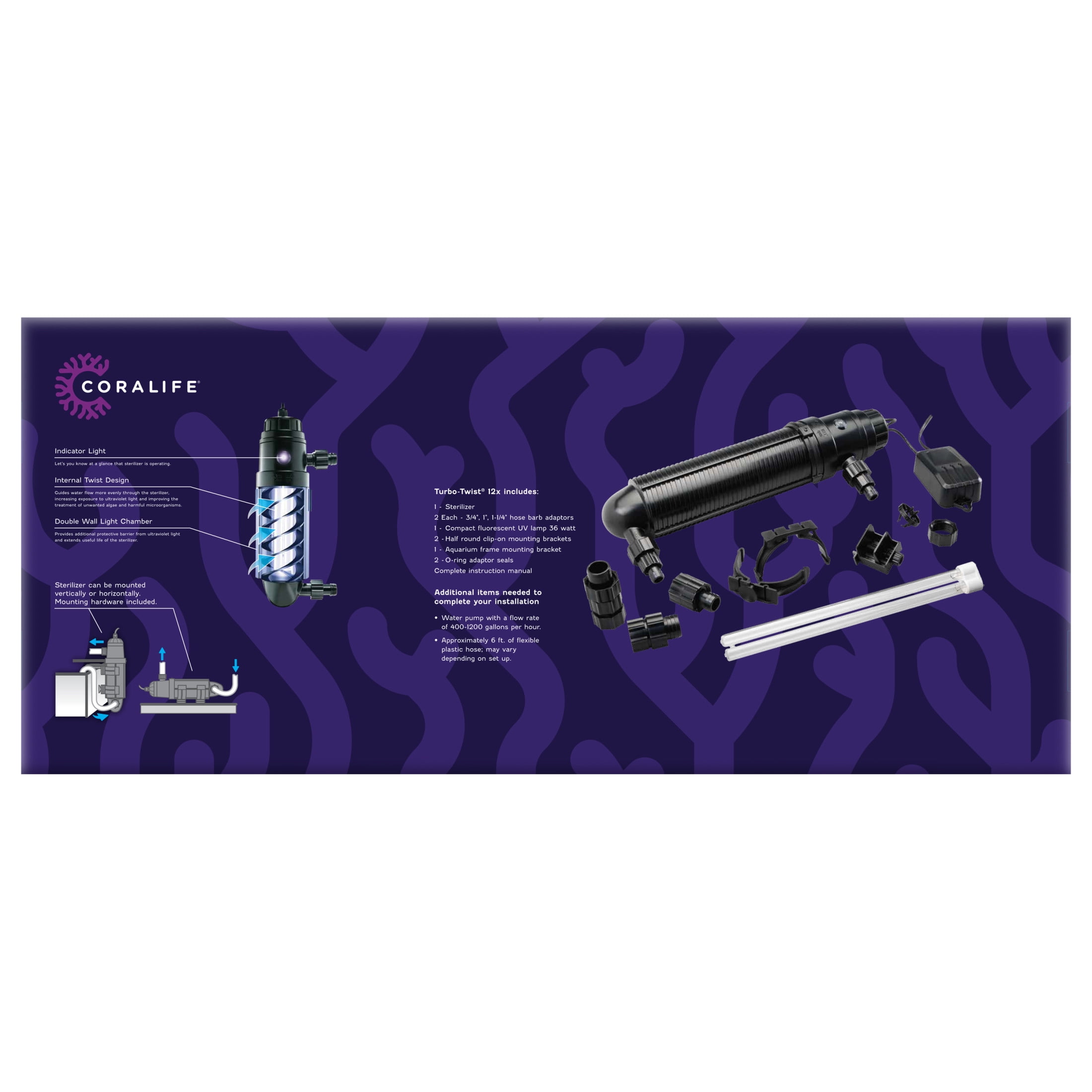Keeping your environment safe and clean is more important than ever. If you use UV sterilization systems, you know they can be highly effective in eliminating harmful bacteria and viruses.
But just like any other equipment, they require regular maintenance to function at their best. Have you ever wondered about the best maintenance schedule for your UV sterilization system? We’ll break down the steps you need to take to ensure your system runs efficiently and effectively.
You’ll discover how often to check the bulbs, clean the surfaces, and perform other essential tasks. By following a proper maintenance schedule, you can extend the life of your equipment and ensure that your space remains safe for you and your loved ones. Ready to dive in? Let’s get started!
Importance Of Uv Sterilization Maintenance
UV sterilization is very important for clean spaces. Regular maintenance helps keep it working well. A good schedule ensures the UV system runs smoothly. It prevents germs from growing and spreading.
Checking the bulbs is key. They need to be replaced often. Dirty parts can lower performance. Regular cleaning helps keep everything clear. This allows UV light to shine bright.
Keeping track of maintenance dates is smart. It helps avoid any surprises. A simple log can help remember when to check items.
In short, regular care makes UV sterilization effective. This leads to safer environments for everyone.
Common Issues With Uv Systems
Decreased UV intensity happens over time. This can lead to less effective sterilization. Regular checks are important to ensure proper function.
Lamp fouling occurs when dirt or grime builds up. This can block UV light. Clean lamps often to maintain clarity.
Component wear and tear is normal. Parts can break or weaken. Inspect and replace worn parts regularly. This keeps the system running well.
Daily Maintenance Tasks
Inspect the UV lamps daily. Look for any signs of damage. Replace any broken lamps quickly.
Check for leaks around the system. Water leaks can harm the UV unit. Fix leaks right away to avoid problems.
Monitor the system performance each day. Ensure the UV intensity is at the right level. Keep records to track any changes.

Weekly Maintenance Routine
Cleaning the quartz sleeves is key for good UV performance. Use a soft cloth to wipe them. Avoid harsh chemicals that may scratch the surface.
Testing UV output levels is important. Use a UV meter to check the strength. Make sure the readings meet the required standards.
Reviewing system alarms helps catch problems early. Check alarm logs weekly. Respond quickly to any alerts to keep the system running well.
Monthly Maintenance Checklist
Check UV lamps every month. Replace them if they are worn out. New lamps work better. This keeps your system effective.
Look at electrical connections. Ensure they are secure and clean. Loose wires can cause problems. Tighten any connections that seem weak.
Calibrate sensors for accuracy. Sensors help monitor UV levels. Proper calibration ensures they give correct readings. This step is very important.

Annual Maintenance Practices
System deep cleaningis essential for proper UV sterilization. Clean the system at least once a year. Use safe cleaning solutions for all parts.
Next, replacing key componentsis important. Change bulbs and filters as needed. This helps maintain effective sterilization.
Keep maintenance logsupdated. Write down all cleaning and replacement dates. This helps track the system’s health.
Tips For Prolonging System Lifespan
Using quality replacement parts is important. They help the system work well. Cheap parts can break easily. Always choose parts from trusted brands.
Maintaining proper water flow keeps the system safe. Check for clogs or blockages often. Clean filters regularly. This helps the UV system work better.
Scheduling regular inspections is key. Look for leaks, wear, or damage. Catching problems early saves money. Make a schedule to check the system every few months.
Signs Your System Needs Immediate Attention
Unusual noisesor smellsfrom the UV system can be a sign of trouble. Strange sounds may mean parts are worn out. Bad smells can indicate a buildup of dirt or mold. Both need quick attention.
Frequent alarm triggers are another warning sign. Alarms that go off often may show a problem. This could mean the system is not working correctly. Check the alarms to find the cause.
A consistent drop in efficiency is also concerning. If the UV system is not cleaning well, it may need repairs. Regular checks can help find issues early. Keeping the system running well is very important.
Benefits Of A Well-maintained Uv System
Well-maintained UV systemsprovide many benefits. They improve water quality. Clean water keeps people healthy. Regular checks ensure the system works well.
Lower energy consumptionis another advantage. A good system uses less power. This saves money on bills. It also helps the environment.
UV systems last longer with proper care. Regular maintenance keeps parts in good shape. This means less need for replacements. Overall, a well-kept system is better for everyone.

Frequently Asked Questions
What Is A Uv Sterilization Maintenance Schedule?
A UV sterilization maintenance schedule outlines regular tasks to ensure effective operation. It includes cleaning, bulb replacement, and system checks. Following this schedule maximizes efficiency and longevity. Regular maintenance prevents bacterial growth and ensures optimal sterilization performance.
How Often Should Uv Sterilization Systems Be Serviced?
UV sterilization systems should ideally be serviced every six months. Regular servicing helps identify potential issues early. It also ensures that the bulbs are functioning at peak efficiency. Adhering to this timeline maintains effective sterilization and promotes a safe environment.
What Are The Signs Of Uv Bulb Failure?
Signs of UV bulb failure include reduced light output and discoloration. You may also notice an increase in microbial levels. Regular monitoring helps catch these signs early. Timely replacement of bulbs ensures consistent sterilization effectiveness.
Can I Perform Uv Sterilization Maintenance Myself?
Yes, you can perform basic maintenance tasks yourself. This includes cleaning the quartz sleeve and checking for leaks. However, professional servicing is recommended for bulb replacements. This ensures safety and maintains the integrity of the system.
Conclusion
Regular maintenance of UV sterilization systems is essential. It ensures safety and effectiveness. Follow the schedule for best results. Clean and replace parts as needed. Check bulbs and timers regularly. This keeps germs away and protects health. Understanding this process helps you stay safe.
Create a maintenance log to track tasks. Simple steps lead to better results. A consistent schedule makes all the difference. Take care of your UV system. Your health depends on it.
Read More:
- Best Home Water Filtration Units: Top Picks for Clean Water
- Diy Hydroponic Grow System Guide: Cultivate Success
- Mini Hydro System Feasibility Study: Unlocking Eco Solutions
- Chemical Dosing Pump Pricing Guide: Maximize Your Investment
- Diaphragm Pump Cost Comparison: Affordable Options Unveiled
- Hydroelectric Dam Maintenance Cost Analysis: Cutting Costs
- Commercial Water Filtration System Cost: Save Money Today
- Diaphragm Pump Maintenance Tips: Ensure Peak Performance
